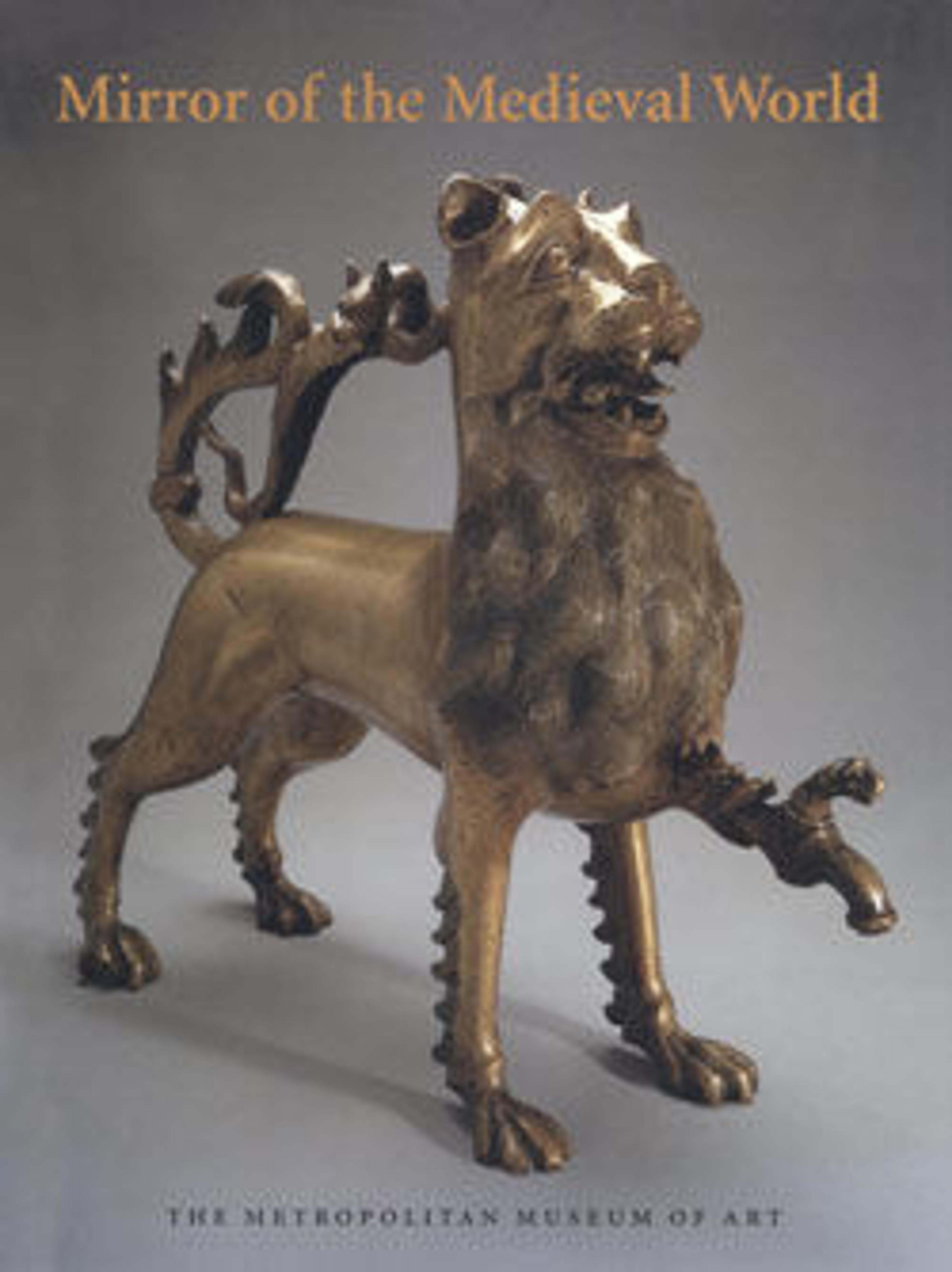Virgin and Child
This Virgin and Child originally was joined by a seated Saint Anne, the Virgin’s mother, to form the Holy Kinship, a group representing three generations of the Holy Family. The scale of the group suggests that it comes from the lower section, or predella, of an altarpiece. Predella sculpture thematically expanded the subject of the main altar above it, which, in this case, may have been dedicated to the Virgin.
Artwork Details
- Title: Virgin and Child
- Artist: Master of Rabenden (German, active ca. 1500–1530)
- Date: 1510–15
- Geography: Made in the Chiemgau, Upper Bavaria, Germany
- Culture: German
- Medium: Limewood with traces of polychromy
- Dimensions: 23 5/8 x 13 3/4 x 9 7/16in. (60 x 35 x 24cm)
- Classification: Sculpture-Wood
- Credit Line: The Cloisters Collection, 1987
- Object Number: 1987.15
- Curatorial Department: Medieval Art and The Cloisters
More Artwork
Research Resources
The Met provides unparalleled resources for research and welcomes an international community of students and scholars. The Met's Open Access API is where creators and researchers can connect to the The Met collection. Open Access data and public domain images are available for unrestricted commercial and noncommercial use without permission or fee.
To request images under copyright and other restrictions, please use this Image Request form.
Feedback
We continue to research and examine historical and cultural context for objects in The Met collection. If you have comments or questions about this object record, please contact us using the form below. The Museum looks forward to receiving your comments.
